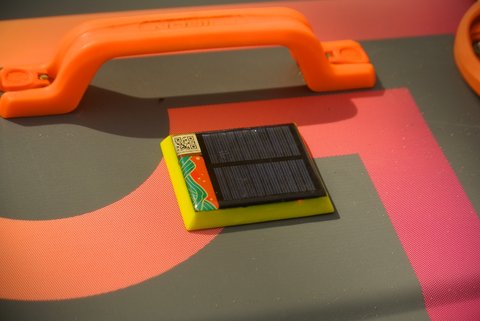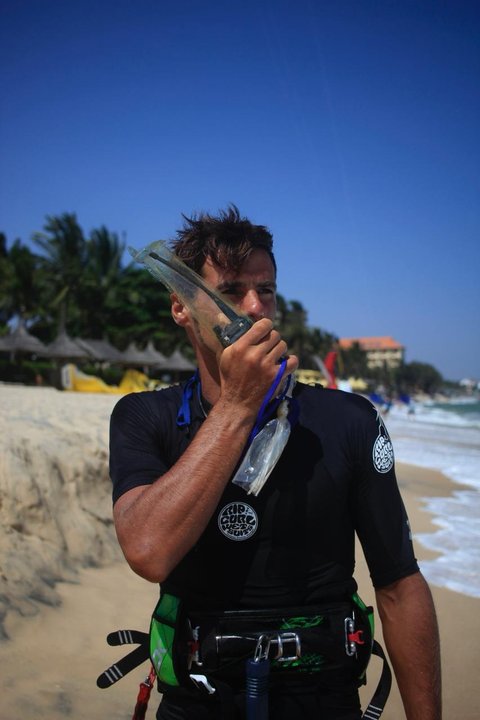


Boards get lost. Sometimes riders too.
I’ve lived through this reality for more than twenty years on the water. As a rider and as an instructor, I saw the same problem repeat itself — kitesurfers drifting, surfers pulled by currents, wind surfers breaking masts, foilers stranded offshore.
I started kitesurfing more than twenty years ago in Ukraine. Back then, I had no instructor — I just bought a kite and taught myself. It was risky. Many times I found myself far from shore, the wind dropped, and I had no way to call for help. I was lucky: I trained on a river where I could always drift to land. But that feeling of being vulnerable never left me.
As I progressed, I witnessed the same problem, again and again: boards got lost, and sometimes riders too. It wasn’t only kitesurfers. Surfers are taken by currents. Wind surfers break masts or lose wind and drift out. Wing foilers — a new and fast-growing sport — can find themselves far offshore without help. Expensive or cheap, beginner or pro, it didn’t matter: boards and riders drifted away. Sometimes they came back safely, sometimes only by luck, sometimes not at all.
In 2012, I became an instructor and taught in Crimea, Vietnam, Egypt, Sri Lanka. Wherever I went, it was the same story. Students lost boards, schools lost time and money, and instructors like me carried constant stress. Safety always comes first — but when a student loses a board, you have to think about two things at once: protecting the person and finding the gear. And what surprised me most is that, even after all these years, no serious solution ever existed. People tried many things: kids’ inflatable armbands tied to boards, phone numbers written on the deck, dangerous leashes on kiteboards, Apple AirTags that only work if an iPhone is nearby, or cheap GPS trackers that corrode and fail in saltwater. But none of these worked reliably on the water.
During COVID lockdowns, I finally had time to act. I built my first prototype: a tiny GPS + GSM + battery + solar panel, sealed in epoxy. It worked — I tested it up to 10 km offshore and still had signal. That was my proof of concept.
When I returned to teaching, I knew I had to keep going. I redesigned the tracker, made it stronger, solar-powered, with a global SIM card, and a unique magnetic SOS switch and wireless charging. I tested it with my students: and finally for the first time, I could focus 100% on their safety, knowing the board was always trackable.
And Smart Surf isn’t just for boards. The tracker can also be mounted on a helmet or a life vest, so riders themselves can send SOS or be tracked directly — not just their equipment.
That’s how Smart Surf was born — not from theory, but from real problems I lived through. From fear, from lost boards, from seeing riders drift away at sunset. My mission is simple: to make water sports safer for everyone — kitesurfers, surfers, wing surfers, wing foilers, schools, and communities around the world.